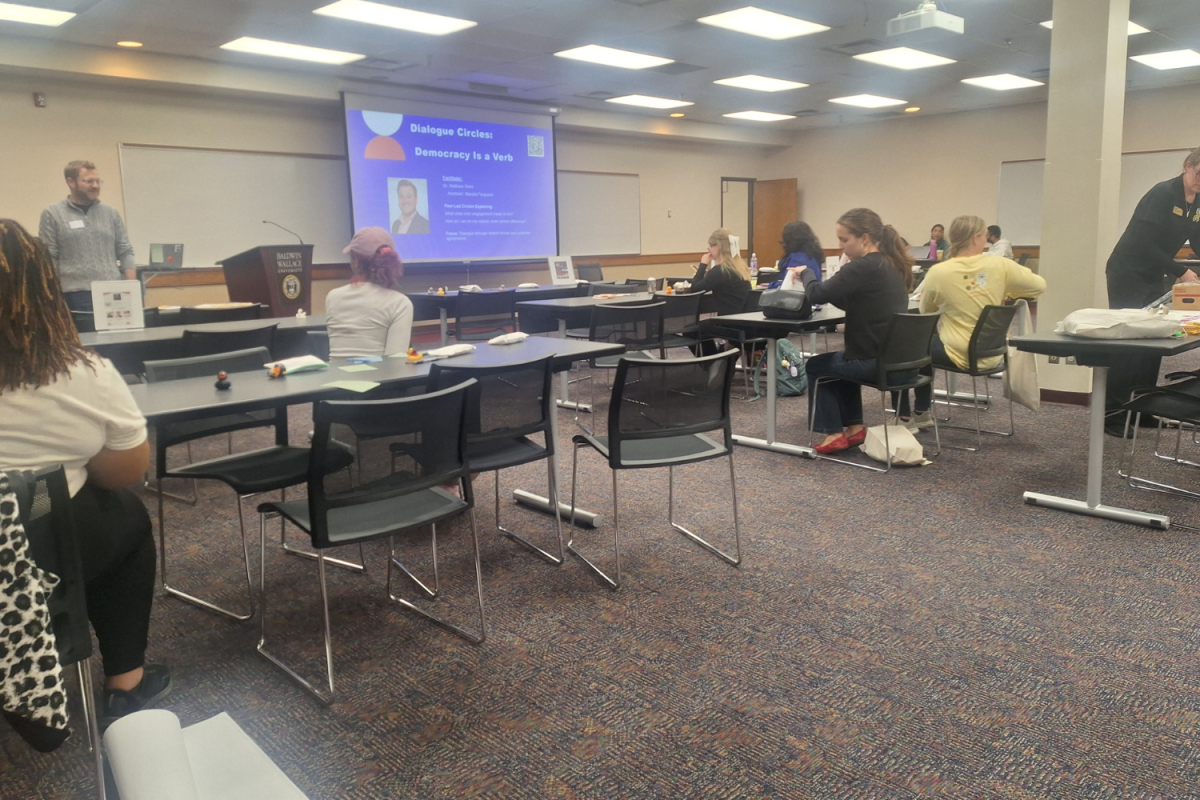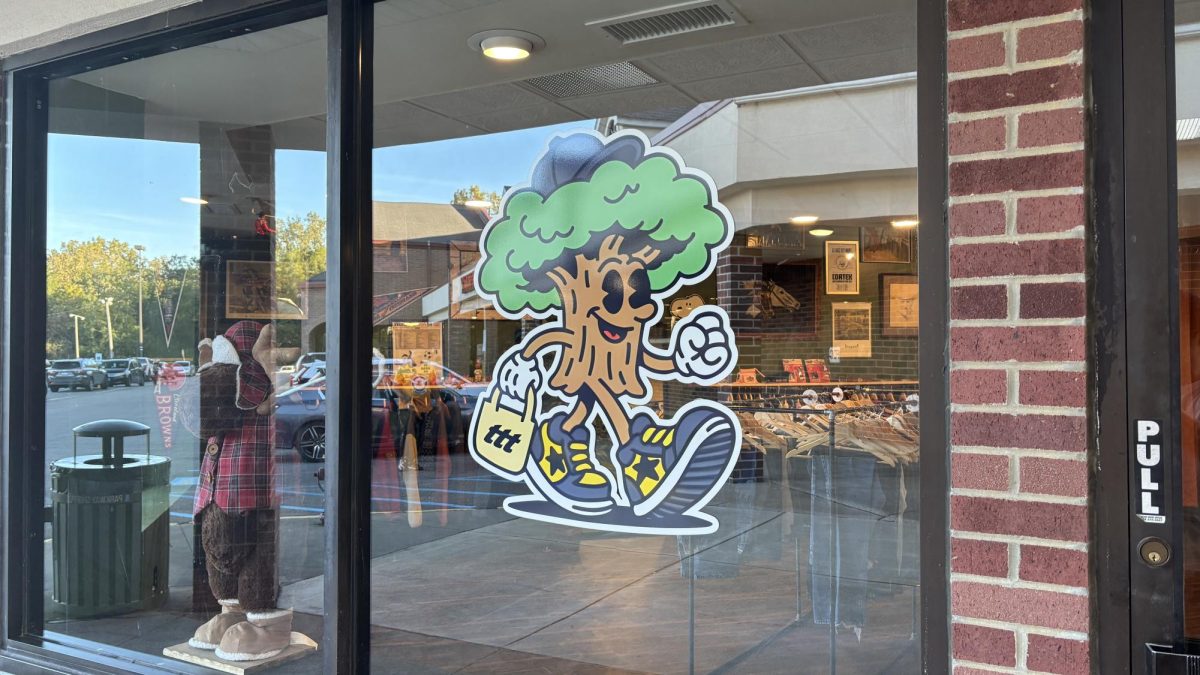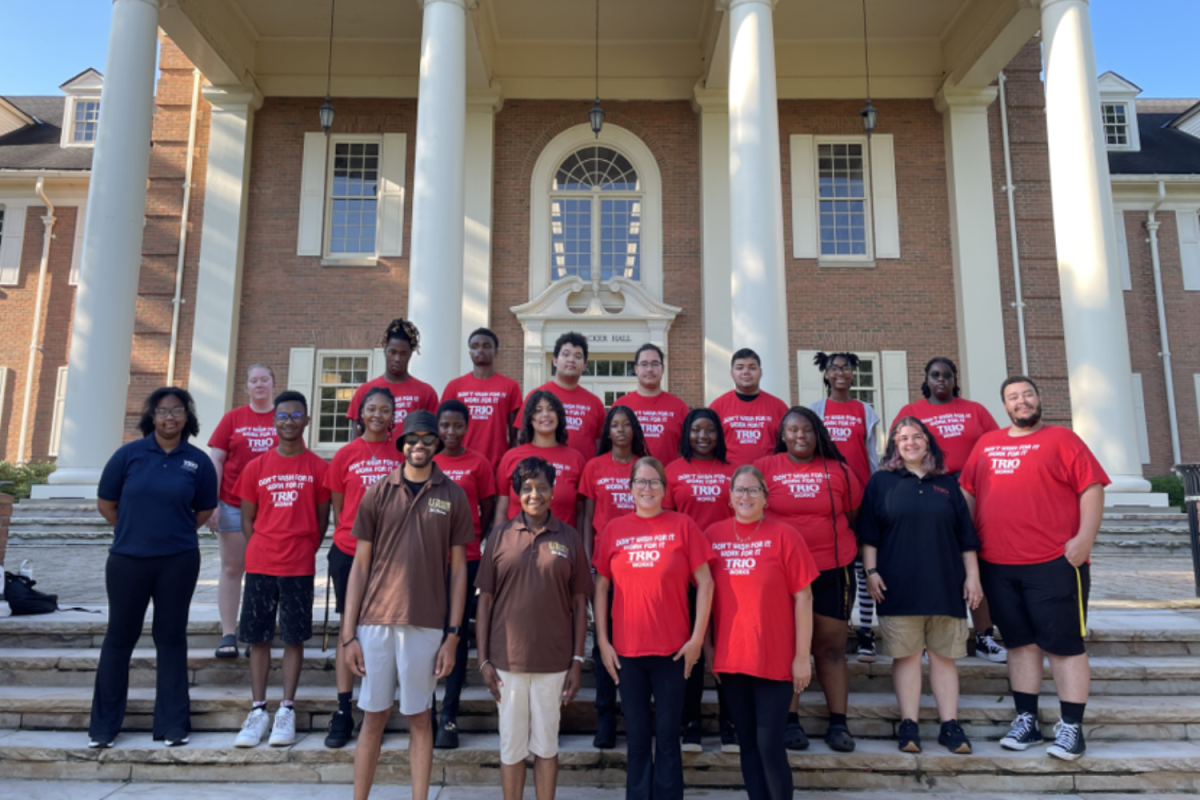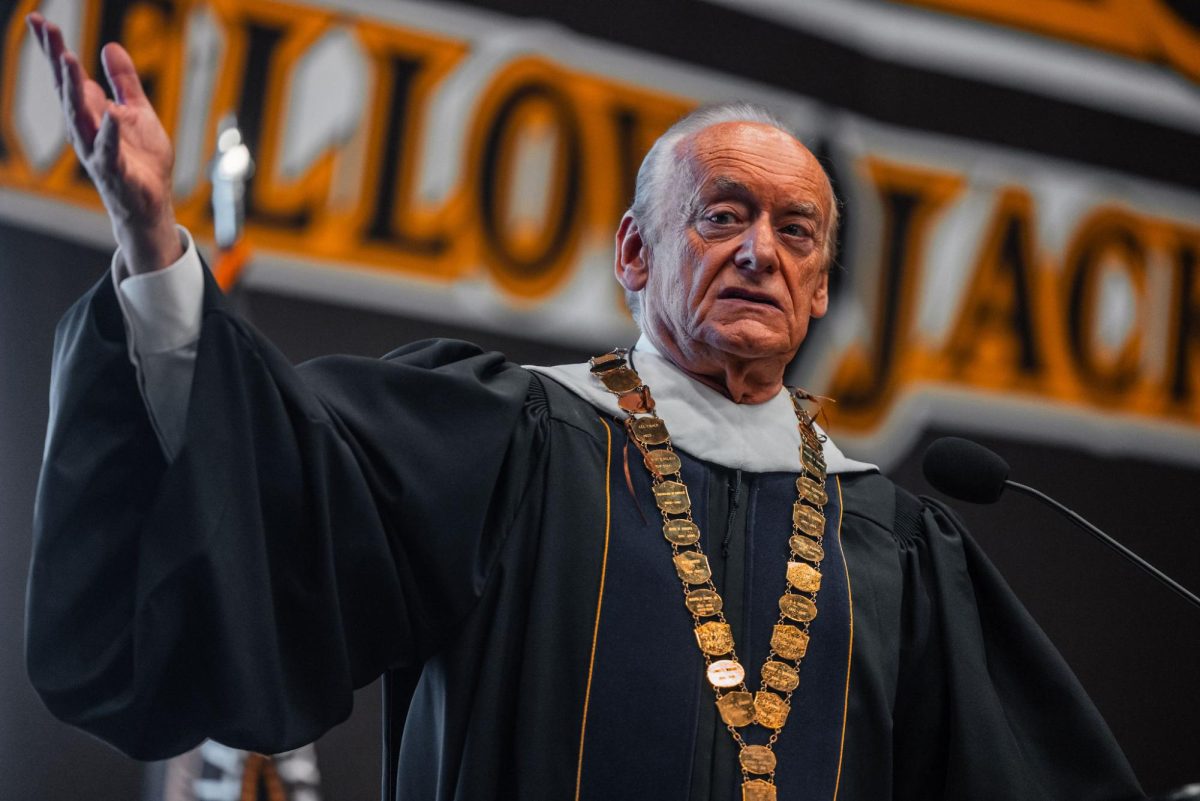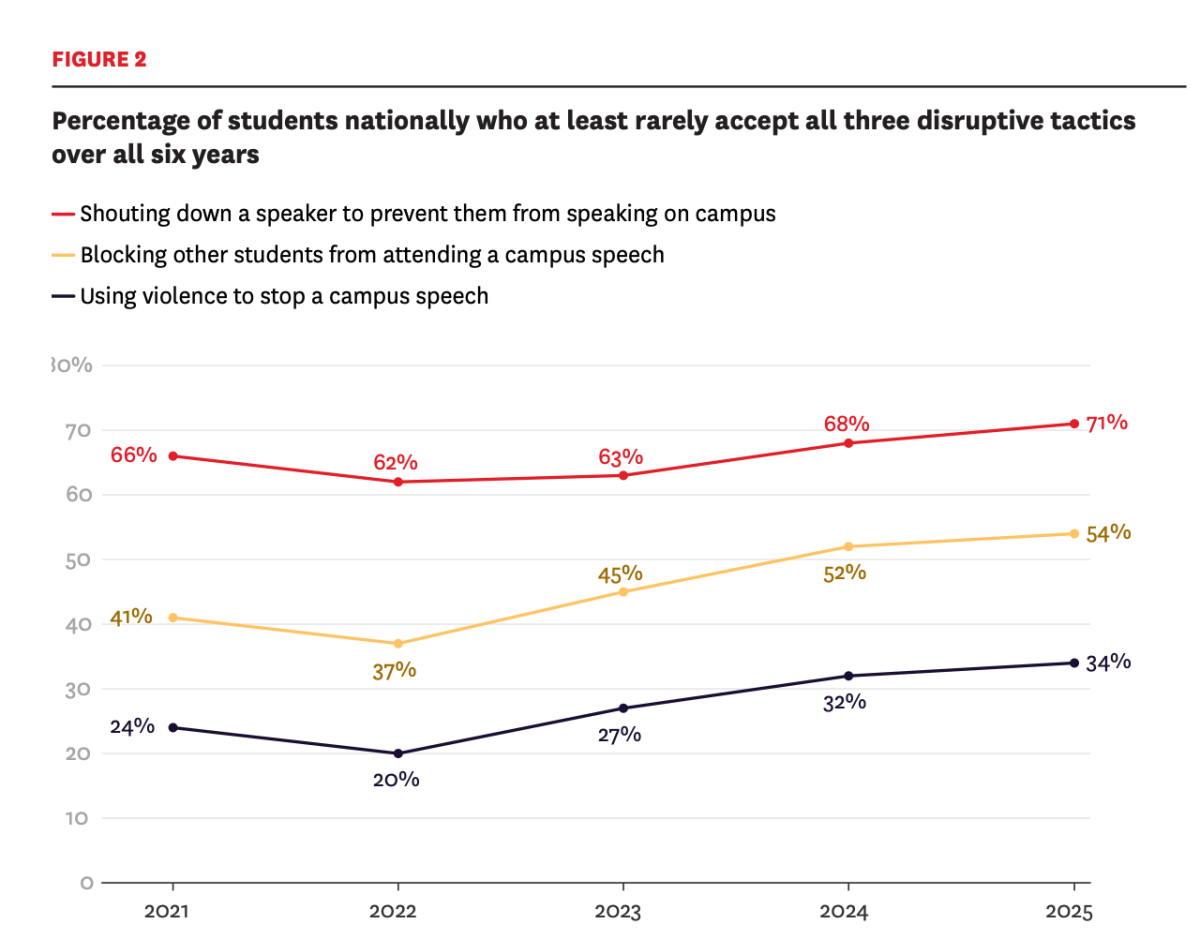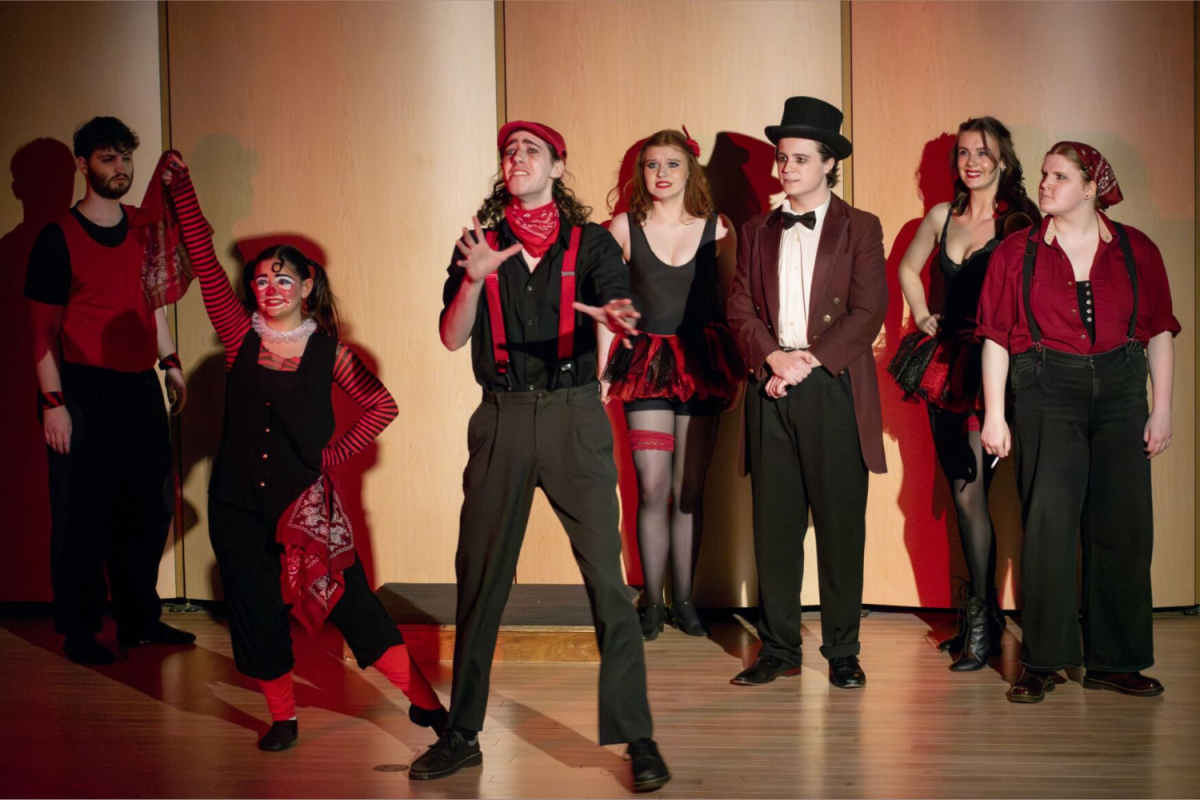BW Theatre and Dance continues their Sketch Book series with the production of “Elephant’s Graveyard,” set to open on April 2 in Fynes Hall in the Kulas Musical Arts Building. Directed by Keira McDonald, this story combines historical facts and legend of a circus elephant who meets a tragic ending with a heavy railroad crane.
“What happened was a circus called Sparks Circus came to town in Irwin, Tennessee, and they had a lot of animals, and they put an unexpected trainer on the back of their biggest animal, a five-ton elephant named Mary. They had a free parade through the town every day while they were in town to get people to come to the circus, and the trainer was inexperienced, and he hit her repeatedly with a hook on her mouth, and she took her trunk and threw him off, and then she crushed his skull with her foot,” McDonald said.
McDonald said that since this event transpired in 1916, there are varied accounts on what actually happened, even articles published about the event right after can be speculative due to the absence of fact checking. But there are different theories and folklore that have circulated around this story.
“There’s some folklore around it that she might have had a reputation for having a temper, and then she was sold from one circus to another, and they just changed her name. There’s also another folklore that says she had an infected tooth, and he hit her right where the tooth was infected, and that’s very painful,” McDonald said.
Other accounts have pointed to the fact that Mary was most likely captured from Asia, a human-free environment where elephants, especially female elephants, tend to be very social.
“They don’t do well in a human environment, and we’ve learned that time and time again, which is why a lot of circuses and places like SeaWorld don’t have the big animals do tricks anymore, because we’ve learned our lesson,” McDonald said.
Not only does this story touch on themes of animal rights and treatment, but it also reflects the historical context of this town being “Old Testament Fire and Brimstone.”
“I know this would happen, because there’s a picture of it, the town which was Old Testament Fire and Brimstone, the town that was very racist and vengeance rioted, and they wanted to shoot her [Mary] with a cannon, and they decided on hanging her,” McDonald said.
Elephant’s Graveyard was first published at the University of Texas in 2007, and its popularity grew in high schools, especially for UIL competitions, because it can be done without a lot of equipment due to its present-past storytelling.
“The way we’ve decided to stage it is very physical so that we’re making a lot of the images and environments,” McDonald said.
Connor Defevers, a sophomore BFA acting major, plays the role of the Ringmaster in Sparks Circus. Through the arc of his character, he describes the Ringmaster as greed driven.
“There’s a specific line where the Ringmaster says, ‘towns like Irwin are gold, where your elephant becomes what she is born to be: a five ton cash register’ He views this art as a business, and although after the hanging, he comes to a realization that this game that ‘I have to play of this business is stupid. However, I still have to play the game. I have to live regardless of what events occur,’” Defevers said.
Defevers said that the process of figuring out his character has been an interesting experience, because the character of the Ringmaster interacts differently with the groups of characters, including the audience itself.
“With the style of script, we are always speaking to the audience. I believe how the Ringmaster interacts with the audience is in a very different way than they interact with other members of the circus, which is also very different than the ways they interact with the townspeople. So, finding those three masks has been a really fun challenge,” Defevers said.
Sophia Wheeler, a freshman acting BFA major, plays the role of the Muddy Townsperson, a widow who is “stuck in her grief” as well as stuck in Irwin, Tennessee due to her husband and children who have died.
“She’s not only in grief, but she’s also very vengeful. She wants revenge over this elephant because she thinks that will help her life in some way,” Wheeler said.
Wheeler said the portrayal of the elephant is recreated through the use of imagination.
“A lot of the time you talk about the elephant. It’s back there behind the audience and never physically seen, but there are a couple parts where the actors become some of the elephants,” Wheeler said.
The imaginative recreation also becomes a big part with the cast with the incorporation of thinking how they would react if the elephant were right in front of them. Wheeler said a scene that stands out to her in the show is when the townspeople are lined up and watching the circus parade where the trainer gets thrown off the elephant.
“We’re all looking out in the audience; the two hungry townspeople are narrating what is happening. It starts off as we are really excited to be there, and then they say the ‘dominoes start falling’ and we are all watching how it’s being narrated…it’s interesting to have to act that, because we’re imagining the whole thing and we’re just looking out into the audience, and we’re hearing what is happening and watching what is happening,” Wheeler said.
Defevers hopes that audiences will take away the message of the consequences of the character’s actions and how they can affect how people are perceived.
“I want them to carry the message with them that ‘we don’t have to hate each other as much as we do,’” Defevers said.
Elephant’s Graveyard will run from April 2 through April 6.

